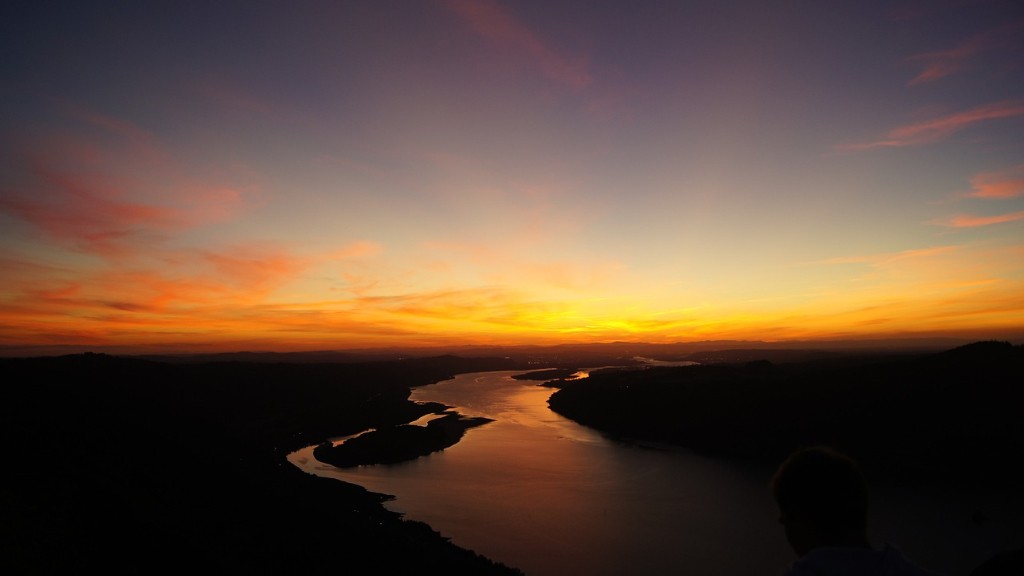Introduction
The Mississippi River is an iconic feature of the United States, stretching almost 2,300 miles across multiple states. It is one of the most important waterways in U.S. history, playing a significant role in the growth and development of America. But what city does the Mississippi River start in?
Overview
The Mississippi River begins in Lake Itasca, Minnesota and is the second longest river in the United States. It begins as a mere trickle, and in its journey to the Gulf of Mexico, it passes through 10 states and drains an area of approximately 1.2 million square miles before emptying into the Gulf of Mexico. Along the way, the river winds through large cities such as St. Louis, Memphis, and New Orleans before emptying into the Gulf. It is currently the fourth largest river system in the world.
Importance to the US
The importance of the Mississippi River to the US cannot be understated. It has been a vital transportation route for hundreds of years, connecting cities within and between the states along its length. It was also a major commercial thoroughfare, with barges carrying goods from city to city. In addition to providing transportation, the Mississippi River has been essential for the development of many cities including St. Louis, Memphis and New Orleans. It has long been a major source of drinking water for many areas, and provides recreation opportunities for both local and visitor populations.
Environmental Impact
The Mississippi River has been extensively modified over the years and faces a number of challenges. Pollution is a constant concern, particularly in the lower reaches of the river due to the presence of industrial activity. Sedimentation is also a major problem, with sedimentation decreasing the water flow and reducing the overall health of the ecosystem. Additionally, the river is also threatened by levies, dams and other forms of human intervention that can drastically change the patterns of water flow.
Conservation Efforts
In an effort to combat the environmental threat posed by the Mississippi River, many conservation organizations have launched a variety of initiatives. These organizations are focused on reducing pollution from industrial sources, restoring sedimentation and preserving river habitats. Additionally, many organizations are pushing for the implementation of regulations on farming practices in order to reduce runoff and other forms of non-point source pollution.
The Importance of Education
Beyond conservation efforts, education is essential to the preservation of the Mississippi River. It is imperative that people of all ages learn about the river’s importance, its environmental threats and the importance of conservation efforts. Environmental education can help to foster a sense of stewardship and inspire action in those who are passionate about preserving the river.
Conclusion
The Mississippi River is an iconic natural feature of the United States, with a long and complicated history. It begins in Lake Itasca, Minnesota and passes through 10 states before emptying into the Gulf of Mexico. The importance of the Mississippi River to the US cannot be understated and it is faced with a number of environmental challenges. As such, conservation organizations have launched a variety of initiatives and education is essential for the preservation of the river.

